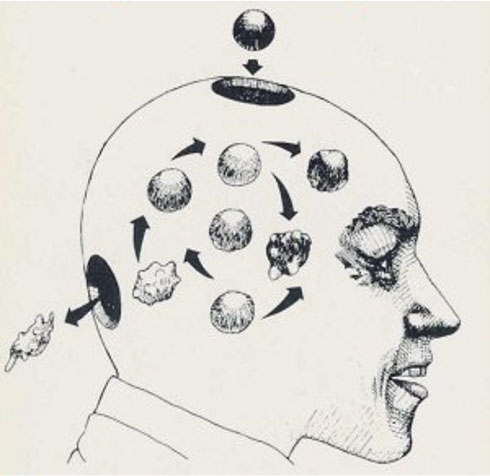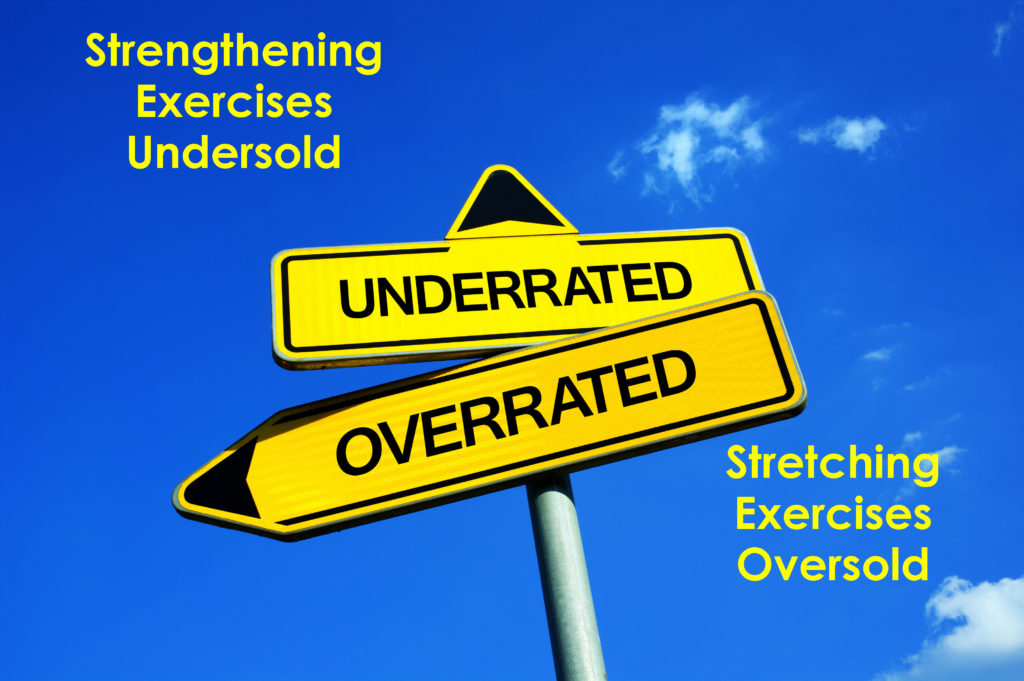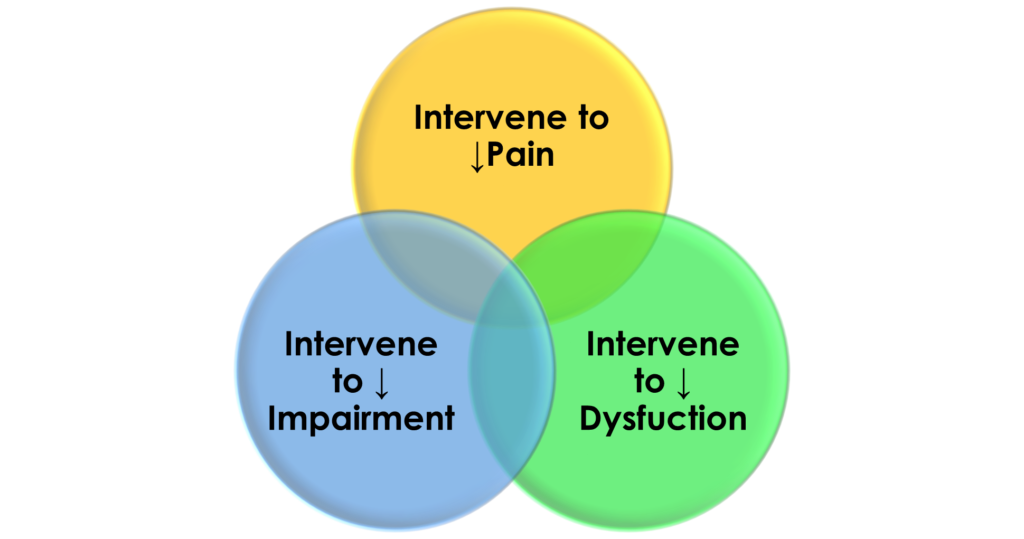Should we discharge from Physical Therapy
Why is the terminology “discharged from Physical Therapy” used? I have not heard of anyone being “discharged from dentistry”. I have not heard of anyone being discharged from massage therapy. The meaning of “discharge” is – to relieve of a charge, load, or burden; or to release from confinement, custody, or care; or to set…
Read MoreHalf Seat Lateral Wedge for Lateral Pelvic Tilt Sitting
Shoe lifts or lifts in the shoe are a common treatment for leg length discrepancy. Why are lifts not used for lateral pelvic tilt when sitting? In a previous blog article, I described lateral pelvic tilt and anatomical versus functional lateral pelvic tilt. Lateral pelvic tilt can result from individual structural variation, and defective chair or…
Read MoreWhat is harder than learning? Unlearning
This image from Roger von Oech’s “A whack on the side of the head” 1983 has intrigued me for years. The idea that we get rid of ideas or concepts is thought-provoking. How do we know when to reject ideas? What is the thought process we use to unlearn something? My understanding of learning new…
Read MoreHow to better engage with healthcare provider using telehealth care
Telemedicine electronic medical record patient portals and email provide opportunities for improved communication between patients and healthcare professionals. As a patient: As a patient with a chronic condition rheumatoid arthritis, I have found using an email patient portal to communicate with my healthcare providers is highly effective and efficient. Prior to my scheduled appointment, I…
Read MoreOn-line mentoring reflective learning
John Dewy wrote, “the experience alone does not necessarily lead to learning; it is the reflection that makes sense of the experience to us and hence makes the experience meaningful for us”. Experience does not equal learning. We do not learn from experience we learn from reflection on experience. Experience does not equal knowledge. Reflection…
Read MorePlantar fasciitis v tendinopathy words matter – stretching exercises are overrated
Why is the plantar region the only region of the body where the terminology of fasciitis is used? Fascial tissue is present throughout the body including the ankle, knee, hip, back, and abdominal regions of the body. Yet, we do not use the term knee fasciitis or back lumbar fasciitis. We know that stretching exercises…
Read MoreChoices of interventions for musculoskeletal pain syndromes: decrease pain, improve impairment, resolve dysfunction
There are multiple and varied interventions that can tackle the contributing factors of pain, impairment, and dysfunction that occurs with musculoskeletal pain syndromes. Pain impairs an individual’s ability to function Impairment is loss of use or derangement of any body part, organ system, or organ function. Dysfunction is an alteration of an individual’s capacity to…
Read MoreWalk this way – Run this way
What way should we walk? What way should we run? Mel Brooks and Gene Wilder wrote the script for the movie “Young Frankenstein” in which the character Igor the hunchback shows Dr. Frankenstein “this way”, and hands him his cane, expecting Dr. Frankenstein to mimic his hunched, contorted shuffle, which Dr. Frankenstein cordially does. This…
Read MoreSurgery vs non-surgical intervention -Decision for musculoskeletal pain syndrome
When deciding whether to proceed with irreversible intervention such as elective or discretionary orthopedic surgery it is essential to consider the biases of the surgeon, non-surgical healthcare provider, and the patient. For many orthopedic injuries especially nontraumatic or less acute musculoskeletal pain syndromes surgery can be an intervention option. For many if not most musculoskeletal…
Read More








